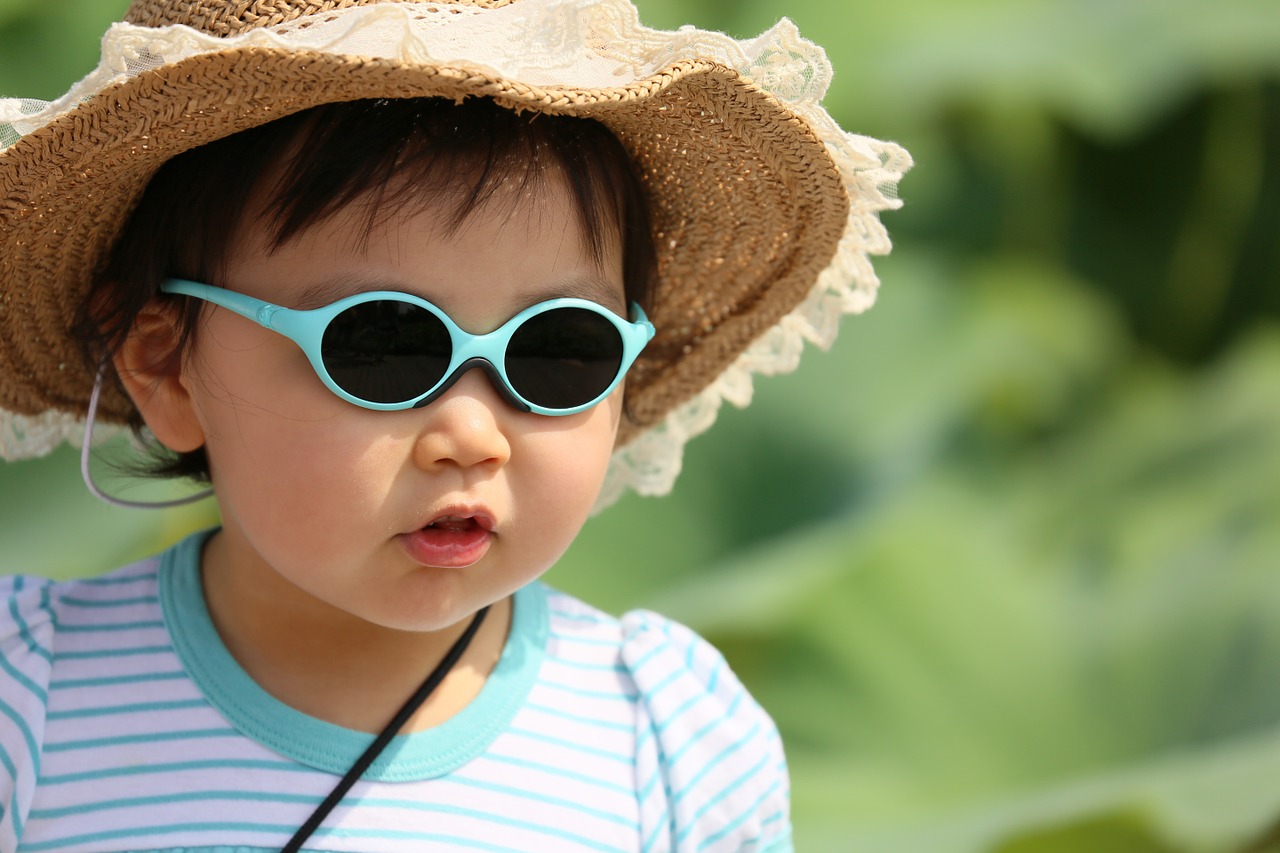In July 2019 researchers from Singapore and Malaysia published the results of their study to assess the impact of shade, hat and sunglasses on the risk of near/short sightedness. It is known that a lack of time outdoors can potect against near/short sightedness therefore it is important to know the brightness levels required for outdoor programes to prevent near/short sightedness. A child-sized mannequin head was developed to measure brightness levels, with and without sun protection, across a wide range of environments in Singapore, outdoors (open park, under a tree, street) and indoors (under fluorescent lighting with a window, under white LED-based lighting without a window). A comparison was then made between indoor and outdoor brightness levels that are experienced while children are involved in day-to-day activities. Results showed that outdoor brightness levels were much higher (11,080-18,176 lux) than indoors (112-156 lux). In the shade, under a tree, the brightness levels were 5556-7876 lux and wearing a hat 4112-8156 lux. Wearing sunglasses produced a brightness level of between 1792-6800 lux which, although lower than being in the shade and whilst wearing a hat, were still 11-43 times higher than indoors. Recommendations on spending time outdoors to help prevent near/short sightedness whilst using adequate sun protection in the form of sunglasses, wearing a hat or being in the shade, can therefore be provided.
Lanca C et al. The Effects of Different Outdoor Environments, Sunglasses and Hats on Light Levels: Implications for Myopia Prevention. Transl Vis Sci Technol. 2019 Jul 18;8(4):7

